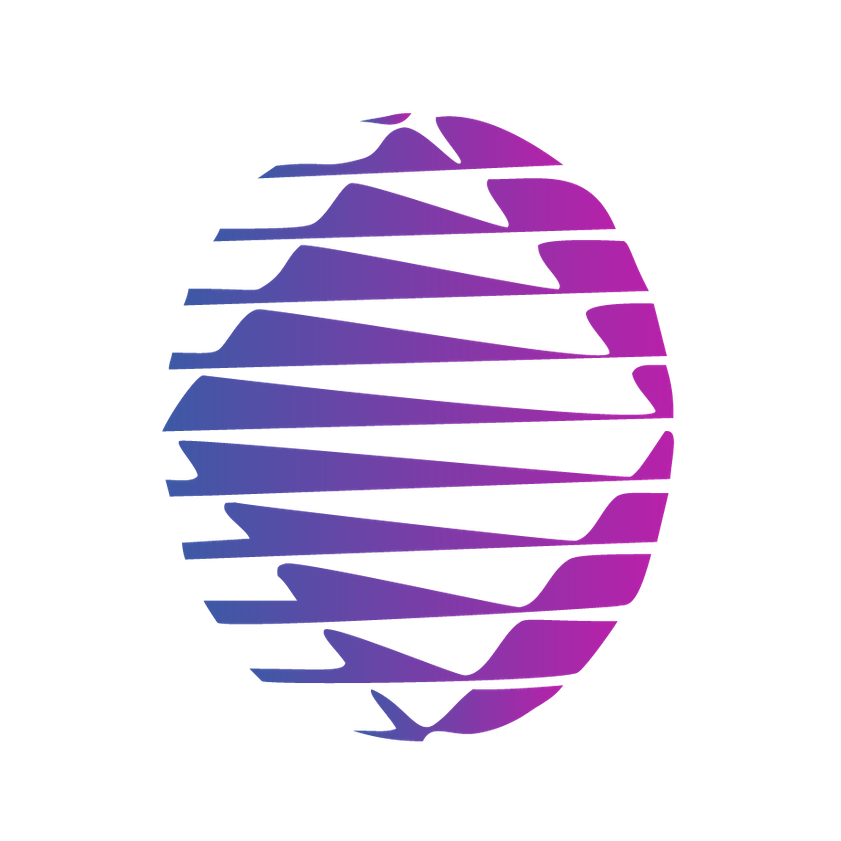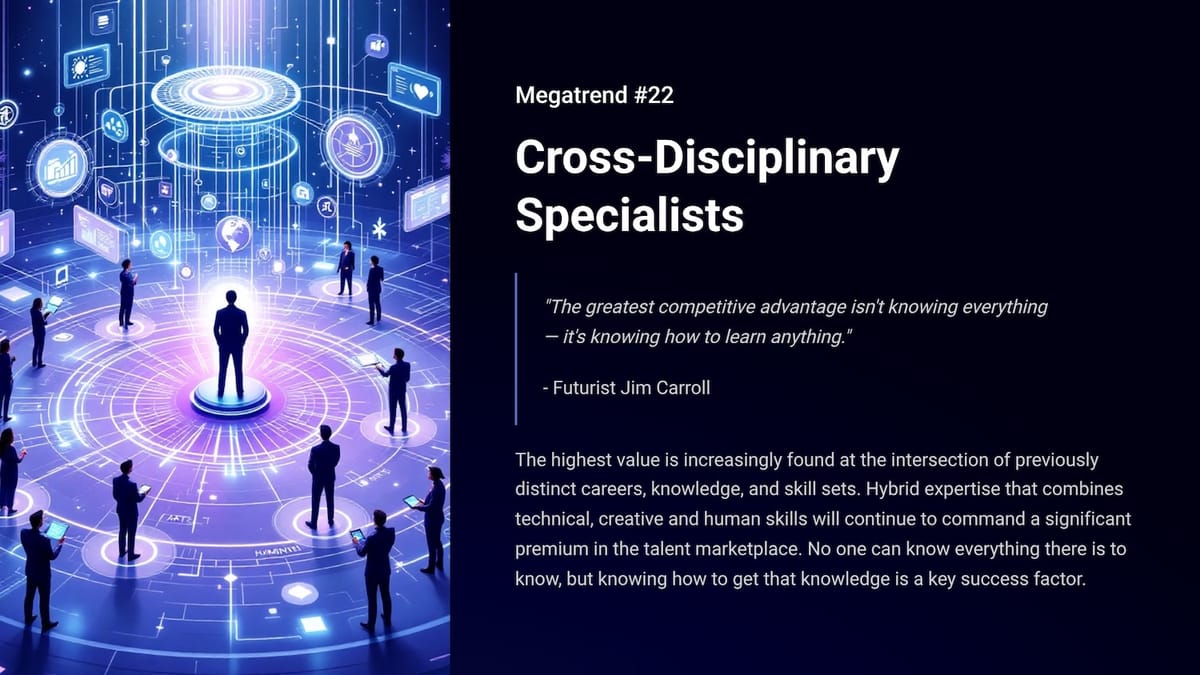"The greatest competitive advantage isn't knowing everything - it's knowing how to learn anything."- Futurist Jim Carroll
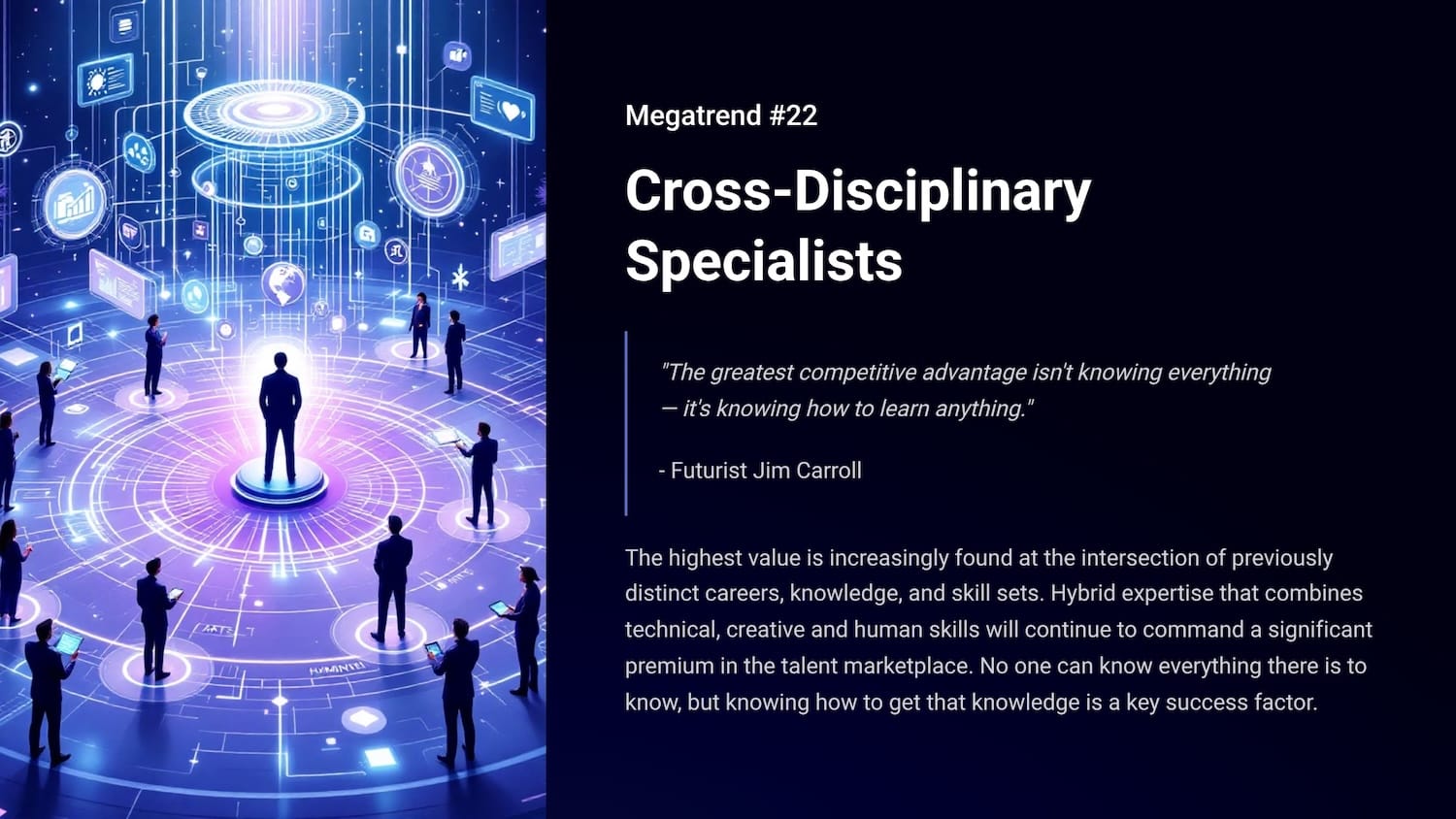
(Futurist Jim Carroll is writing a series on 30 Megatrends, which he first outlined in his book Dancing in the Rain: How Bold Leaders Grow Stronger in Stormy Times. The trends were shared in the book as a way of demonstrating that, despite any period of economic volatility, there is always long-term opportunity to be found. The book is now in print - learn more at dancing.jimcarroll.com)
The highest career value is increasingly found at the intersection of previously distinct careers, knowledge, and skill sets. Hybrid expertise that combines technical, creative, and human skills will continue to command a significant premium in the talent marketplace. No one can know everything there is to know, but knowing how to get that knowledge is a key success factor!
The future is hybrid! You don't need to know much anymore - you just need to know how to know it! Not only that, but you need to know how to know many different things.
Makes sense? Let's dig into the trend of the 'hybrid workforce.' Here's your PDF.
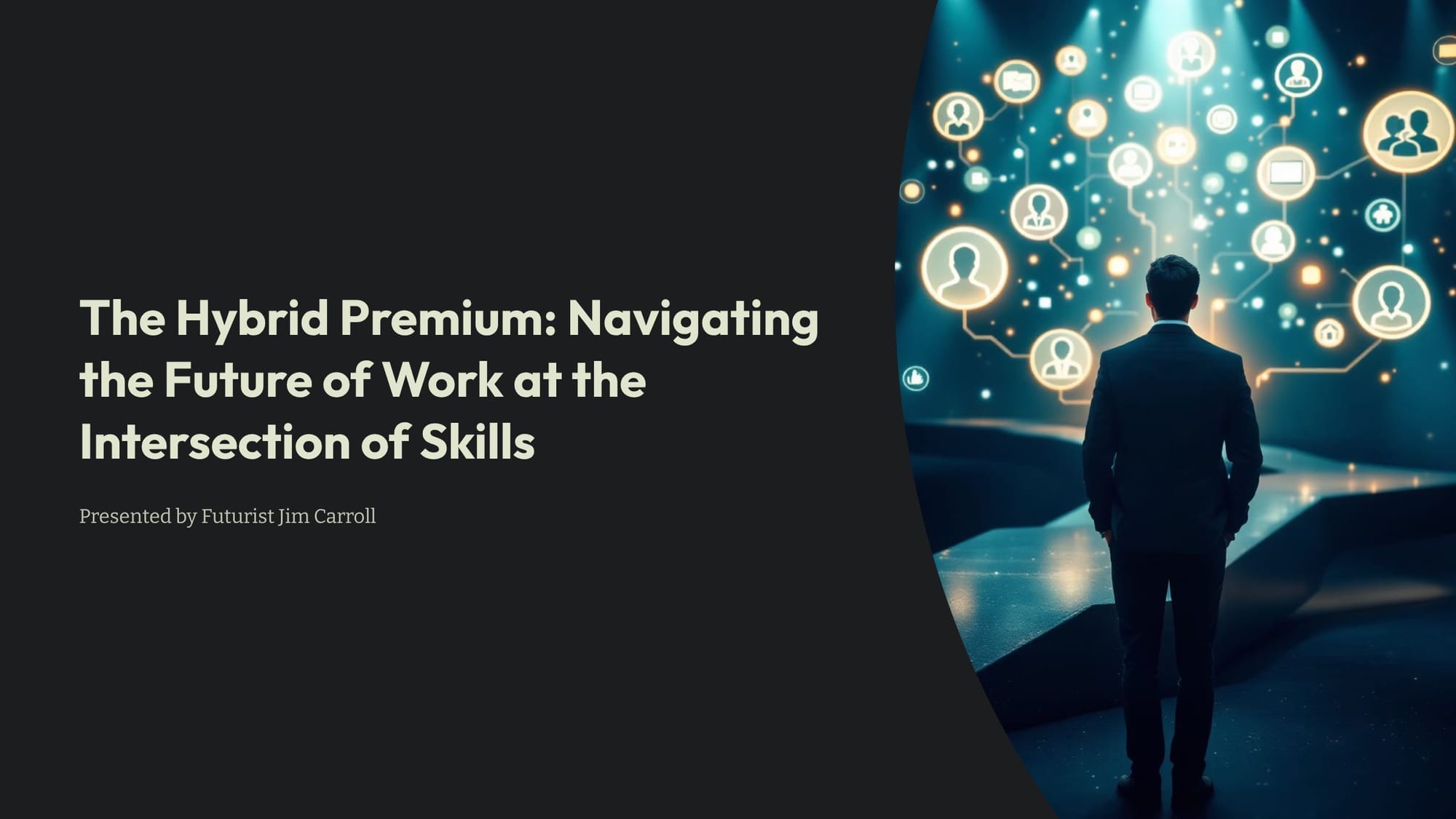
What's up? In an era of exploding knowledge, there are no generalized skills anymore - there are niche skills and skills of those who know how to harness those niche skills. We'll call this the rise of “hybrid expertise”—the integrated fusion of technical, creative, and human skills. It's THE defining characteristic of the 21st century’s most valuable professionals.
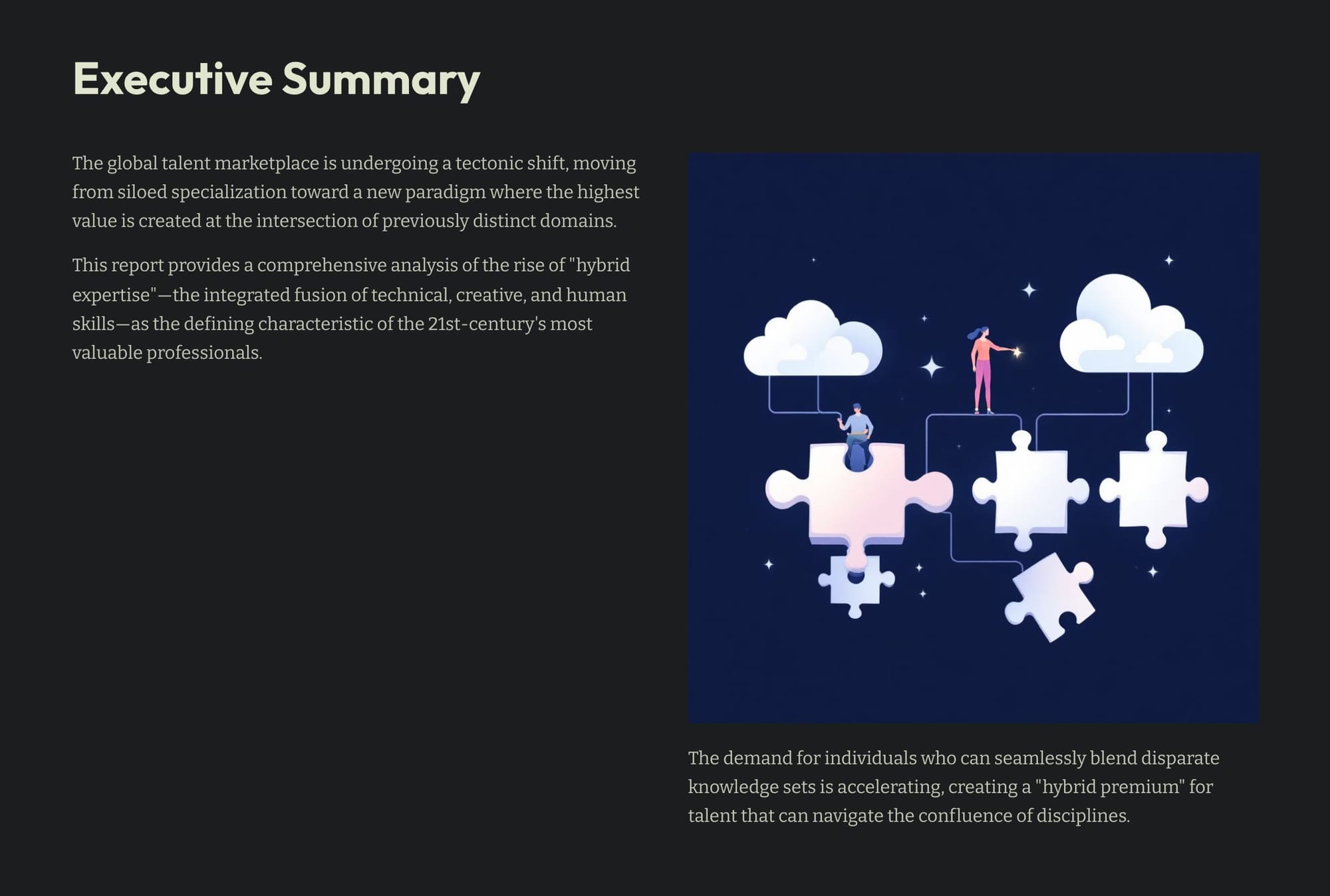
The demand for individuals who can seamlessly blend disparate knowledge sets is accelerating, creating a “hybrid premium” for talent that can navigate the trend.
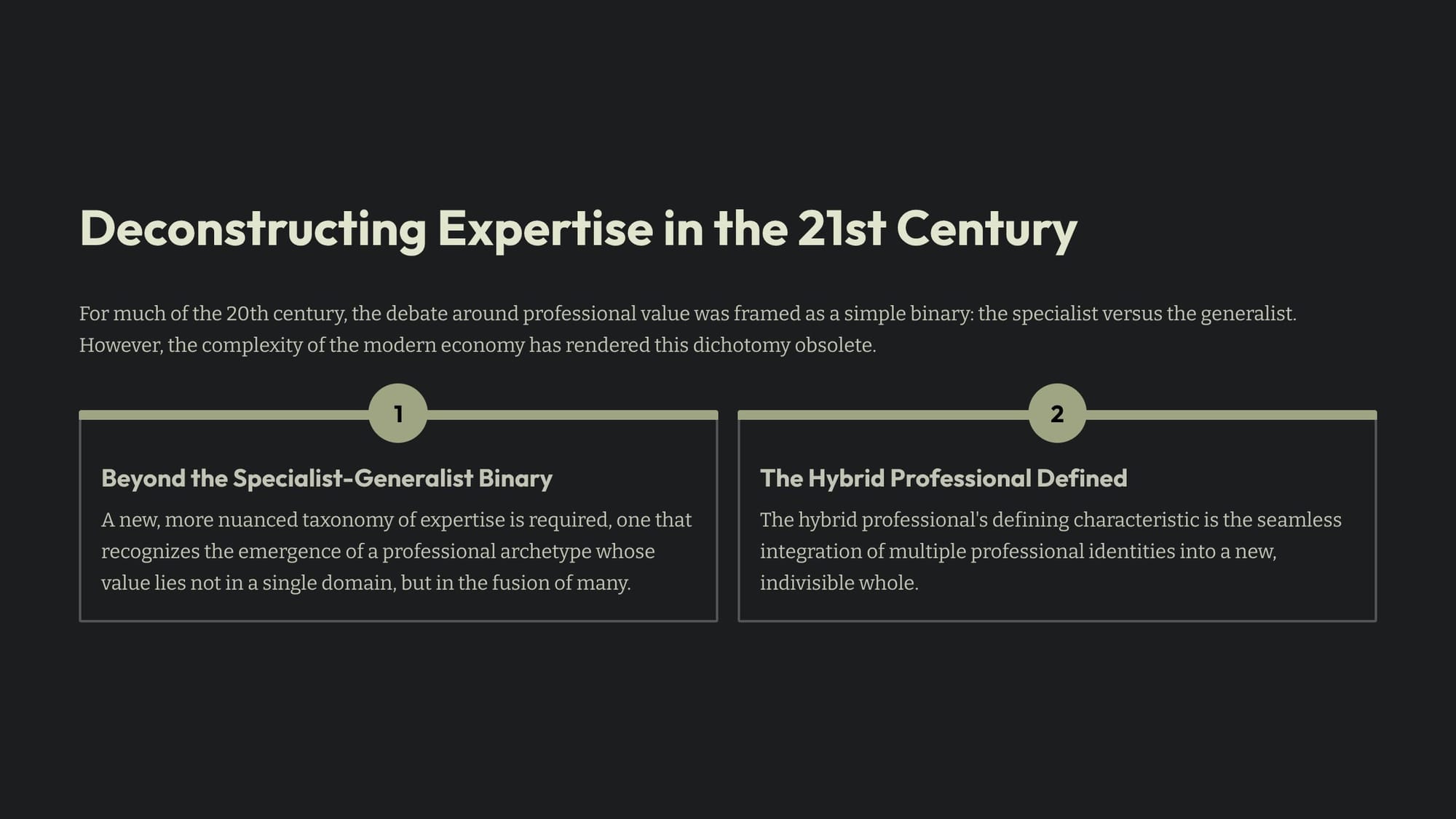
Put the trend in context: for much of the 20th century, the debate around professional skills was framed as a simple thing: the specialist versus the generalist. However, the complexity of the modern economy has rendered this breakdown obsolete. We're now moving from what has been called "multiplicity" to "hybridity." There are distinct differences in what they can do.
Multiplicity
- Possessing many professional identities, use one at a time
- Analogous to a Swiss army knife - selecting tools in sequence
- Involves cognitive switching between discrete modes
- Example: Baking during the day, running a marketing consultancy at night
Hybridity
- Multiple identities operating simultaneously
- Integration at the intersection where identities merge
- Effortless, intrinsic state leading to "flow"
- Example: Bringing marketing principles into baking and baking insights into marketing
What's the key difference? Hybridity allows professionals to see connections and patterns others miss, giving them a unique value proposition in the skills marketplace!
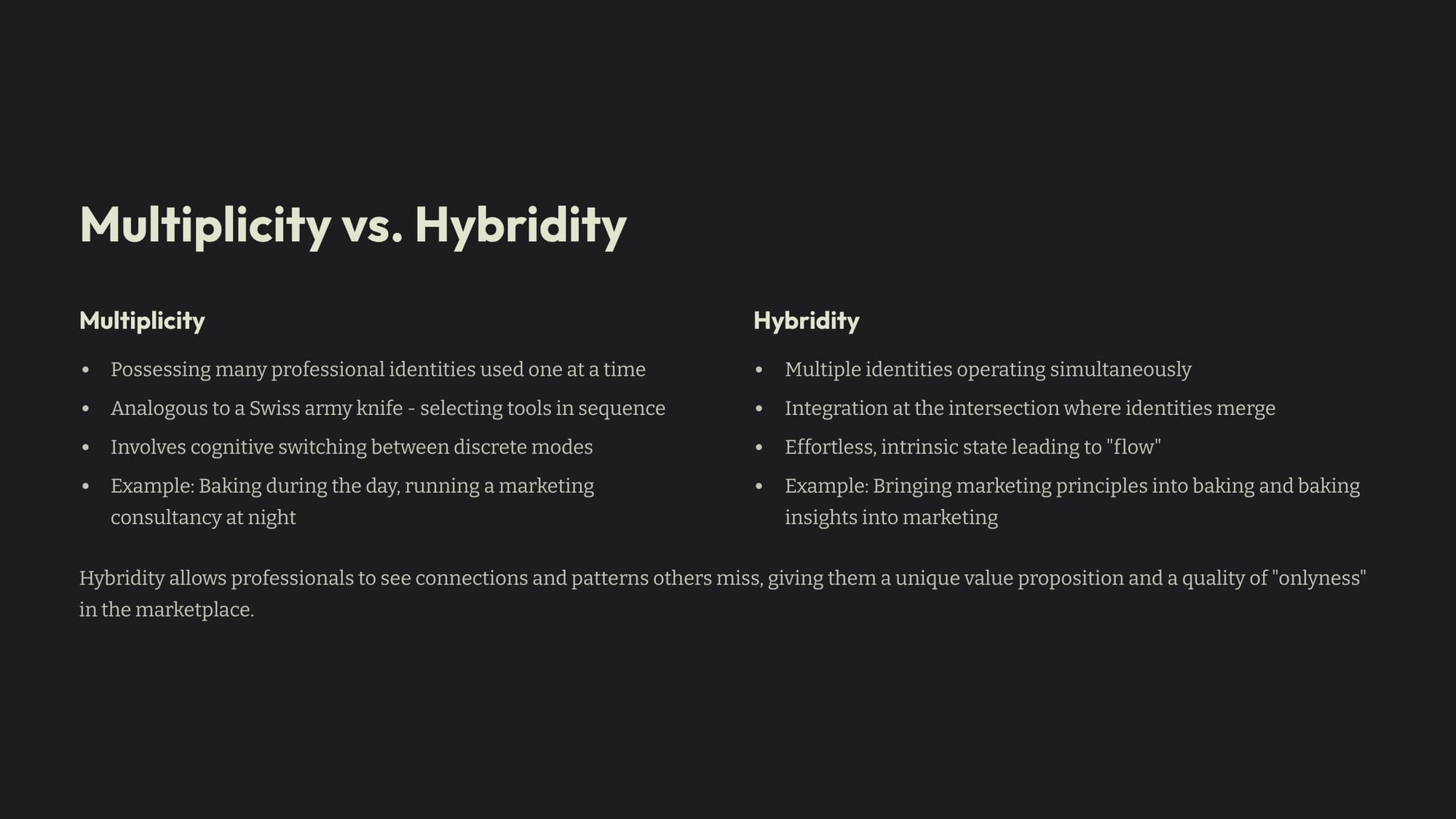
Simply put, they think differently:
- Divergent thinking. Generating multiple potential solutions to ill-defined problems, overcoming mental barriers like functional fixedness. ("i.e., being stuck')
- Analogical reasoning. Identifying and applying solutions from one area to a problem in a completely different are.
- Conceptual blending. Combining distinct concepts or mental representations to generate a new, hybrid concept.
- Neural integration. Simply put, a brain wired differently!
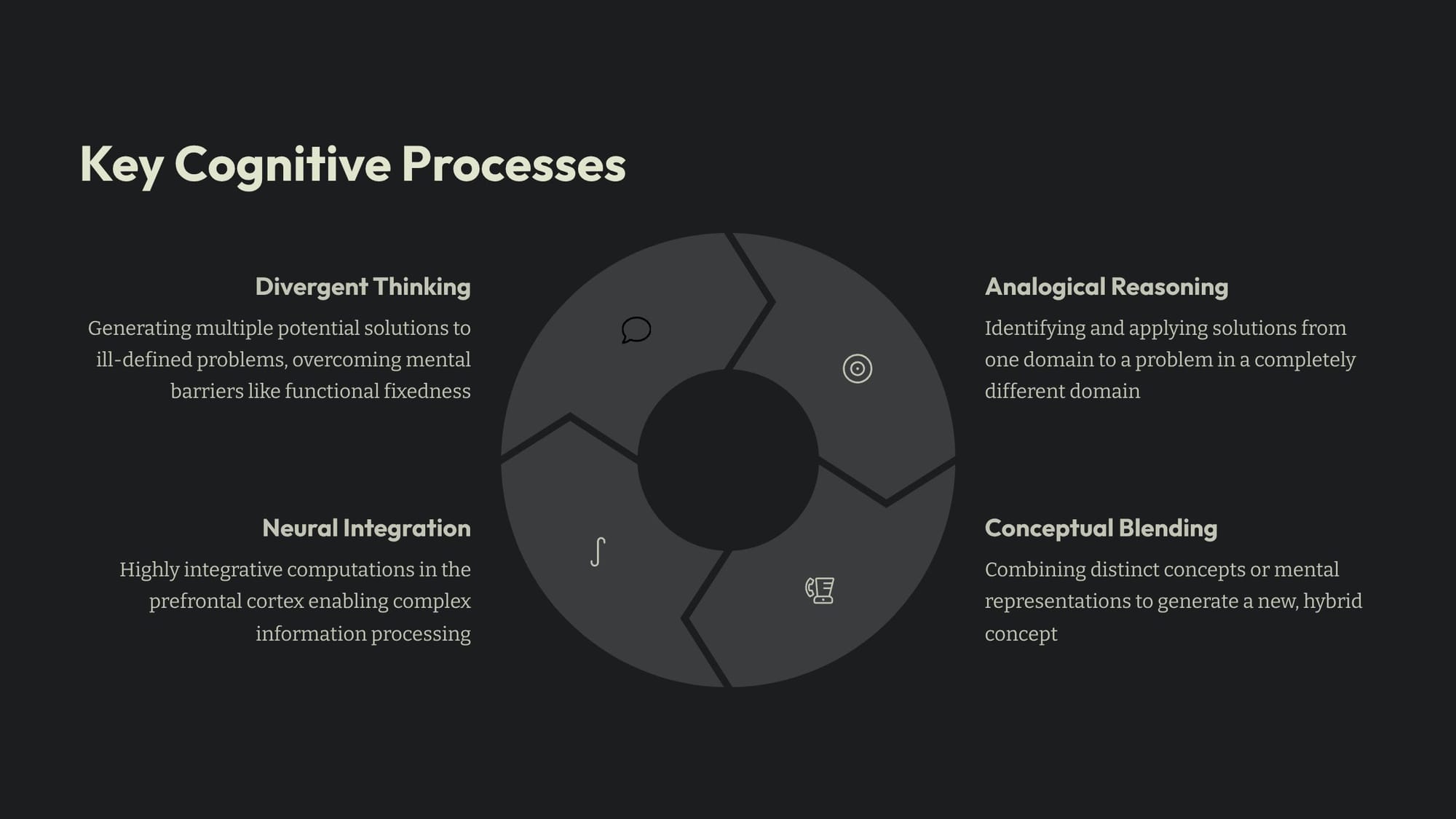
The second part of the trend is that the acceleration and complexity of our world today demand the input of this new hybrid skill set. Think about what is going on:
- AI, Automation, and Data Ubiquity. Technology, particularly artificial intelligence, automation, and the pervasive availability of data, is the primary catalyst forging the modern hybrid workforce. There's too much going on - we need people who can deal with the complexity!
- Automation of Routine Tasks. AI and automation are displacing routine and repetitive tasks , potentially affecting 300 million full-time jobs globally.
- Human-in-the-Loop Model. The future of work is defined by collaboration between humans and machines, creating demand for skills that AI cannot easily replicate.
- Data-Driven Decision Making. The explosion of data has created a critical need for professionals who are “bilingual” in both technical data analysis and strategic business thinking.
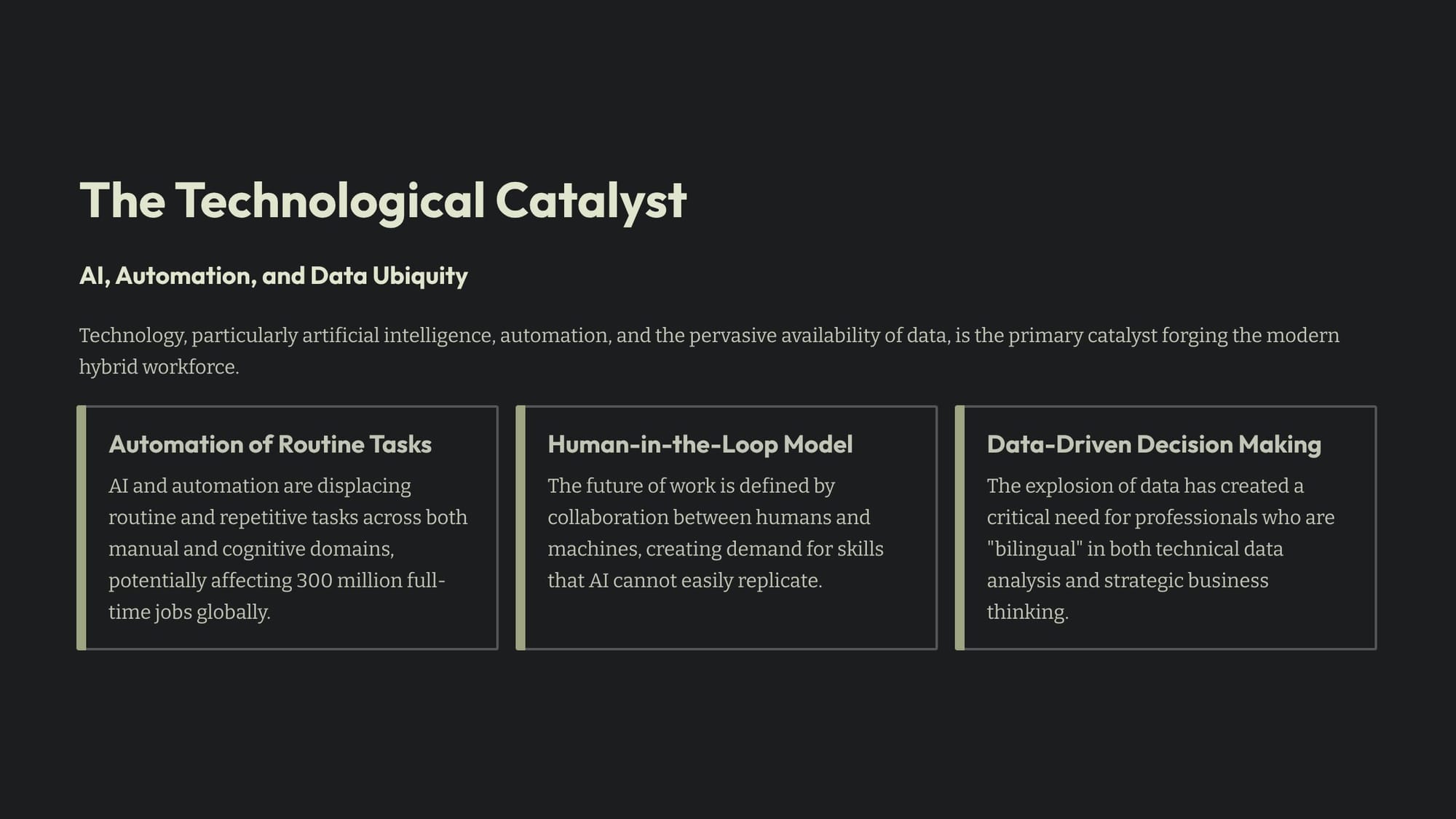
This means that organizations need a very unique skill set today - someone who can deal with both technology and strategy:
- Bridging the Strategy-Execution Gap. The demand for hybrid talent is cemented by a powerful internal force within organizations: the imperative to bridge the costly and inefficient gap between strategy and execution.
- The Business-Technology Divide. The traditional schism between business and technology units is rooted in fundamentally different educational paths, professional experiences, and operational mindsets.
- Communication Breakdown. Lack of a shared language leads to inefficient workflows, misaligned projects, and countless missed opportunities for innovation.
- Hybrid Connective Tissue. Hybrid professionals, sometimes referred to as “purple people” (a mix of business “blue” and IT “red”), serve as the essential connective tissue that binds disparate departments.
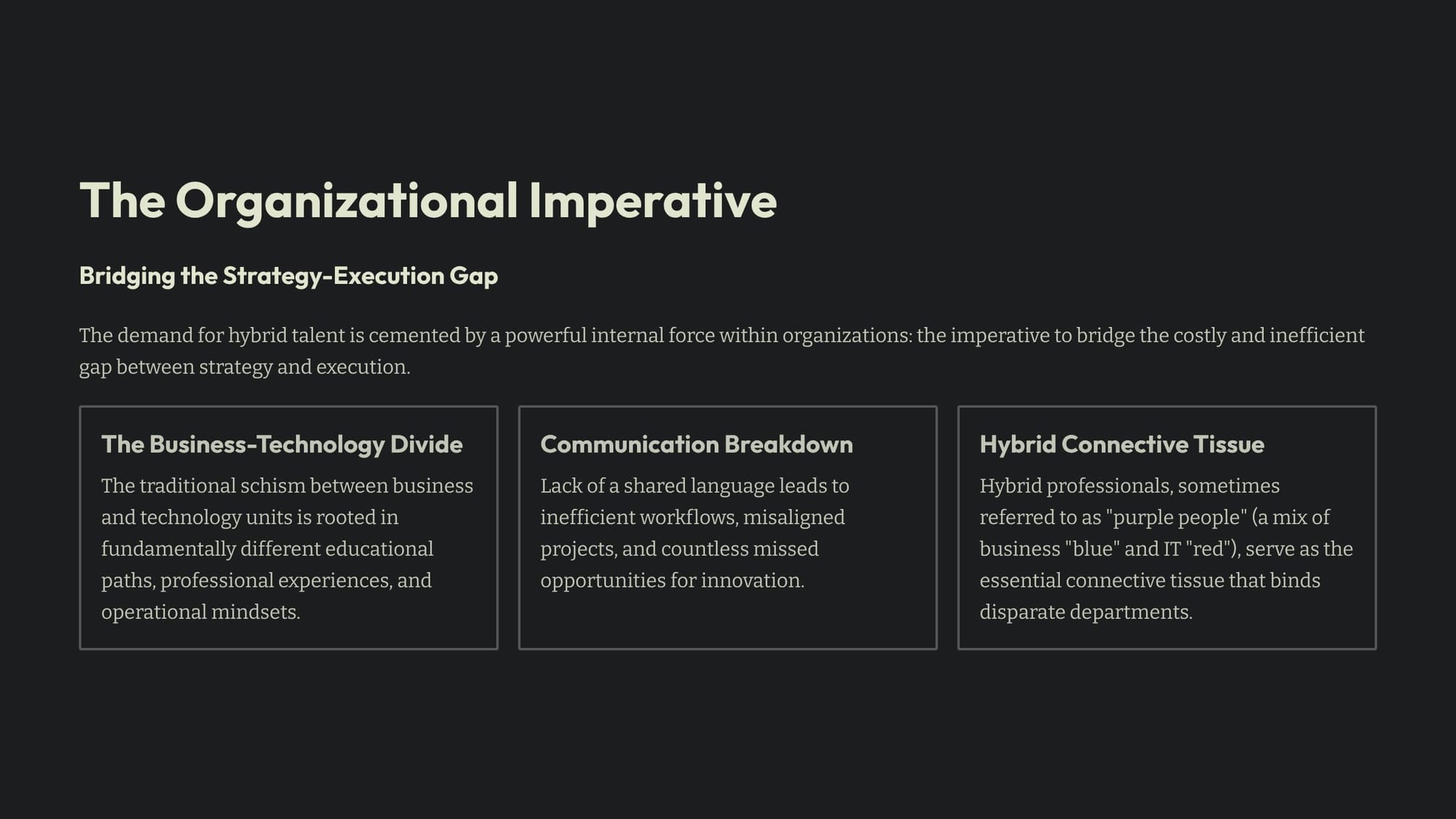
Once you blend these two trends, you get the hybrid workforce in action. A few examples demonstrate what is happening
Considering healthcare, which now sees several hybrid professions emerging:
- Health Care Data Scientist. Combines clinical understanding with advanced analytics to predict disease outbreaks, personalize treatment plans, and optimize hospital workflows.
- Digital Health Innovator. Merges clinical expertise with business acumen and technological savvy to develop telemedicine platforms, wearable health technologies, and AI-driven diagnostic tools.
- Clinician-Manager. Hybridizes clinical culture and managerial values to effectively lead teams, manage budgets, and drive organizational performance.
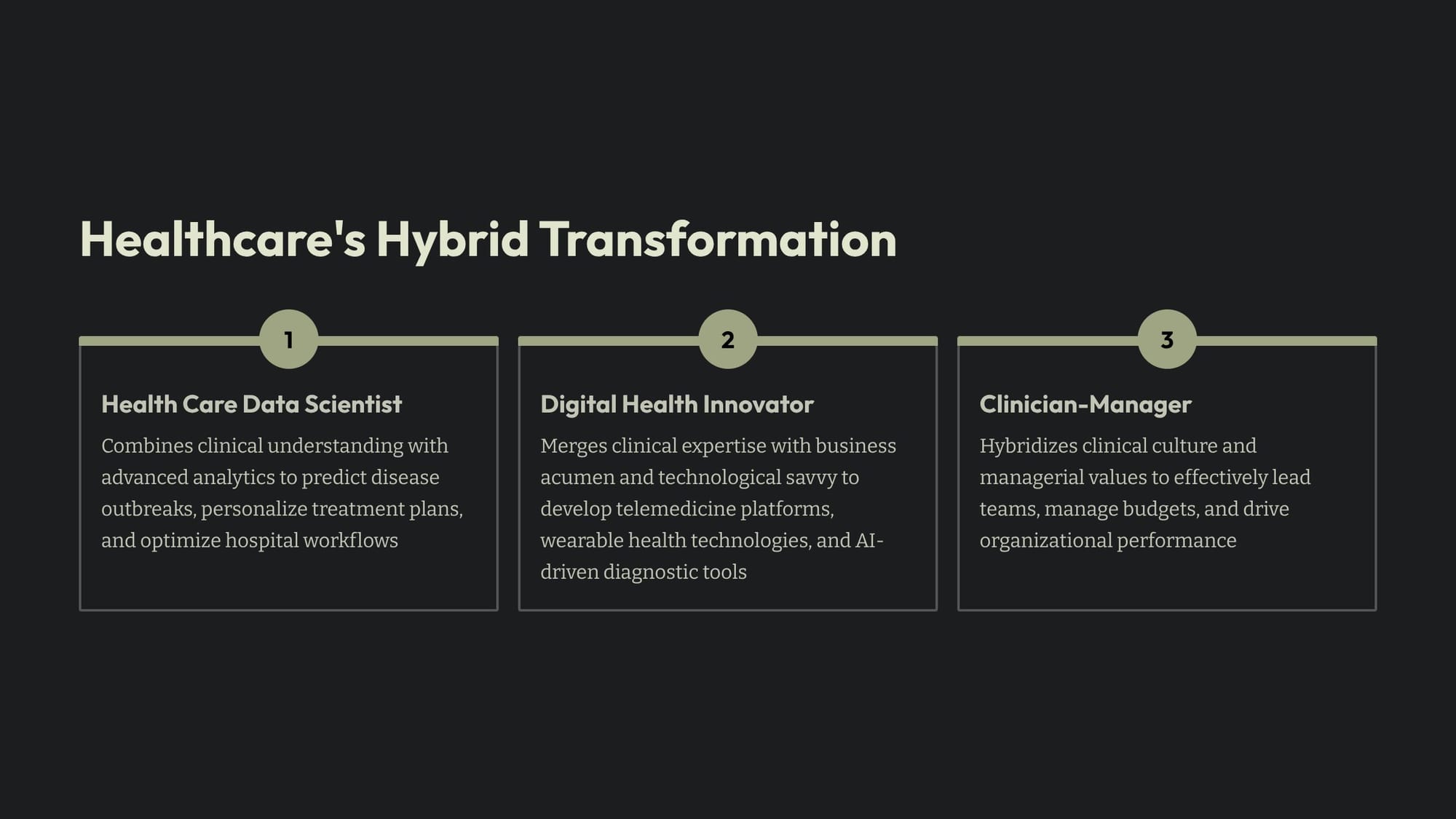
In finance and FinTech, we are seeing the rise of the AI-augmented analyst, which shifts the focus of human work from calculation to interpretation, validation, and strategic oversight.
- Model Risk Supervisor. Responsible for auditing and interpreting decisions made by complex AI systems, ensuring they are sound, ethical, and aligned with regulatory requirements.
- Investment Copilot Manager. Works alongside Large Language Models that suggest asset allocations, adding layers of market judgment, contextual understanding, and ethical oversight.
- AI Compliance Officer. Uses AI tools to scan millions of transactions for anomalies but relies on human expertise to validate true outliers and investigate complex cases.
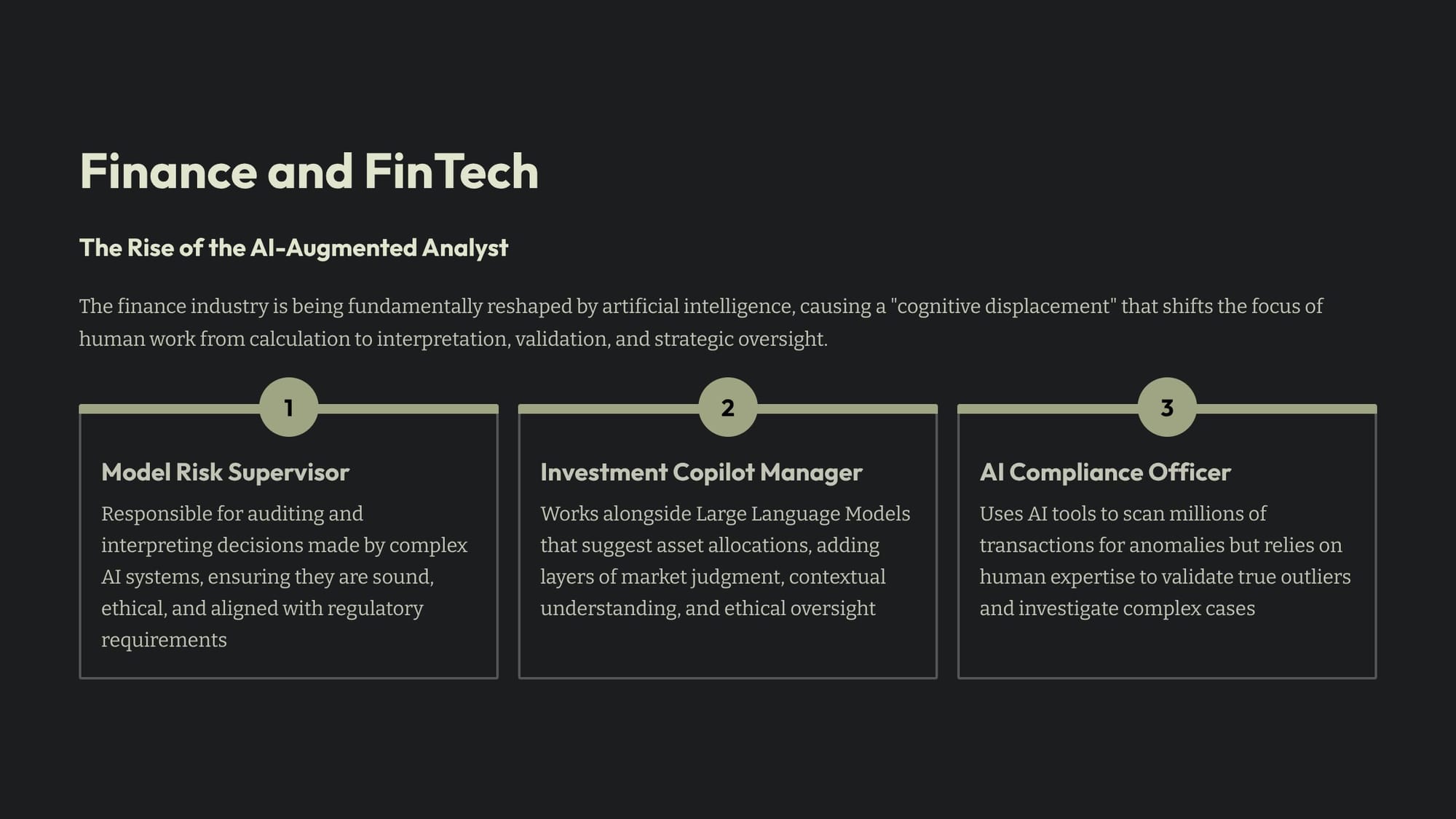
The manufacturing sector is in the midst of its fourth industrial revolution, characterized by the deep integration of digital technologies into every facet of the production process.
- Smart Product Engineer. Blends mechanical design with AI/ML, generative design, data analytics, and engineering simulation using "digital twins".
- Integrated Systems Architect. Combines production line management with robotics/cobotics, integrated CAD/CAM software, and AR/VR implementation.
- Advanced Technology Manager. Fuses mechanical operation with robotics programming and predictive maintenance analysis.
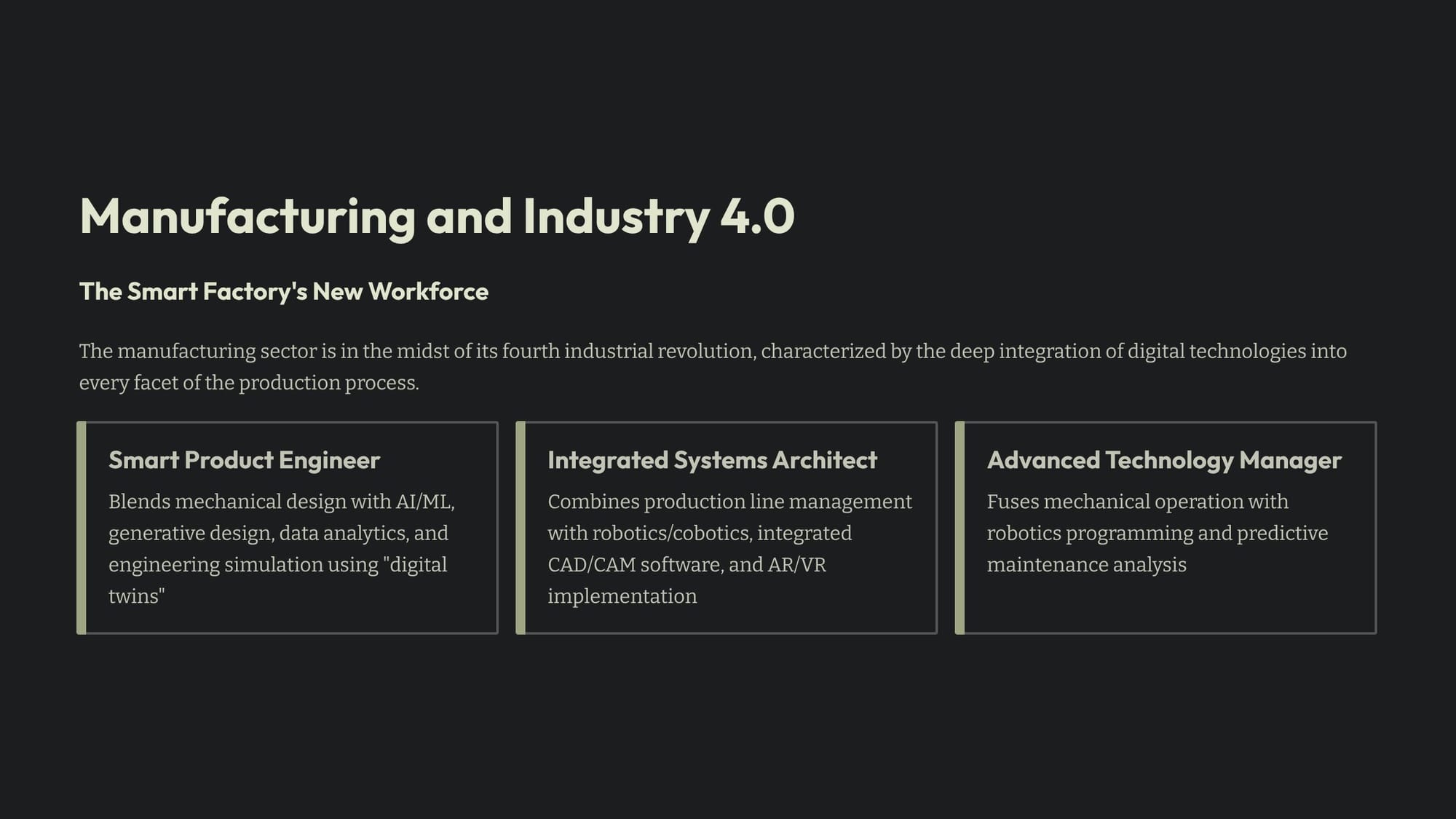
What does it all lead to? For businesses around the world, the gap between the skills their workforce possesses and the skills they need has become a critical strategic risk! If you can't get the right skills, you don't move forward - and when all those skills become specialized, you need a new paradigm - the hybrid workforce - to get those skills!
The thing is, all of this is moving fast! A few statistics lay bare the speed of the trends:
- 44% Skills disruption: Percentage of a worker's core skills expected to change in the next five years.
- $101.8B Annual Investment: The Amount U.S. companies spent on employee training and development in the last year.
- 218% ROI: Higher income per employee for companies that strategically invest in employee development.
- $6.5T Economic Impact: Potential boost to global GDP by 2030 from concerted investment in upskilling.
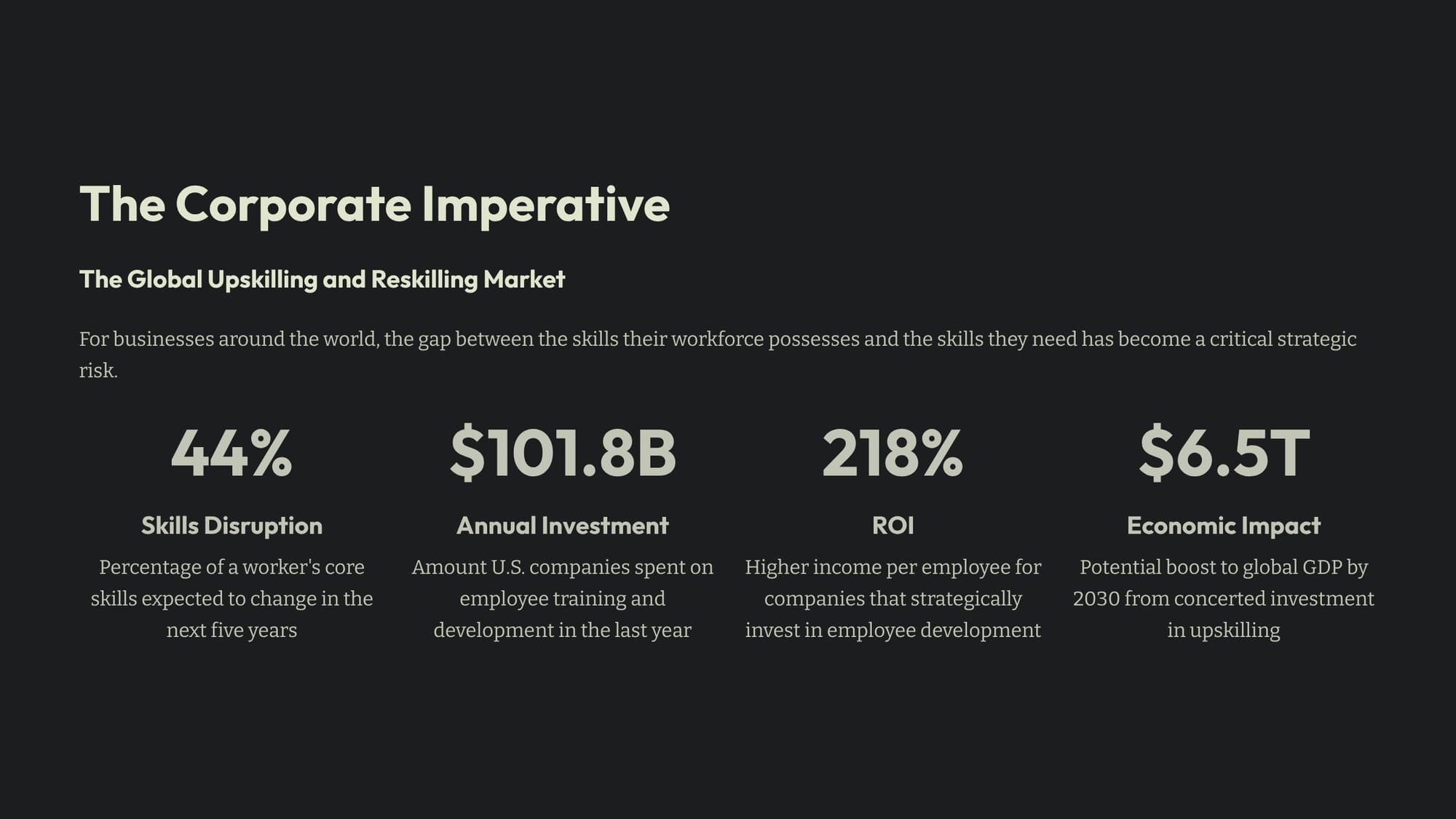
What does it lead to? The defining characteristic of the coming decade will be the accelerating pace of skills obsolescence. The World Economic Forum projects that 39% of a worker’s key job skills are expected to change by 2030. What will they change to?
- Analytical and Creative Thinking. Consistently ranked as the top two most critical skills by employers, forming the bedrock of value creation in an automated world.
- Resilience, Flexibility, and Agility. The psychological capacity to adapt to change, manage stress, and pivot effectively is an essential survival skill.
- Technological Literacy. A baseline understanding of how technology, particularly AI and big data, works is no longer optional.
- Curiosity and Lifelong Learning. The intrinsic motivation and ability to continuously learn, unlearn, and relearn is the ultimate form of career security.'
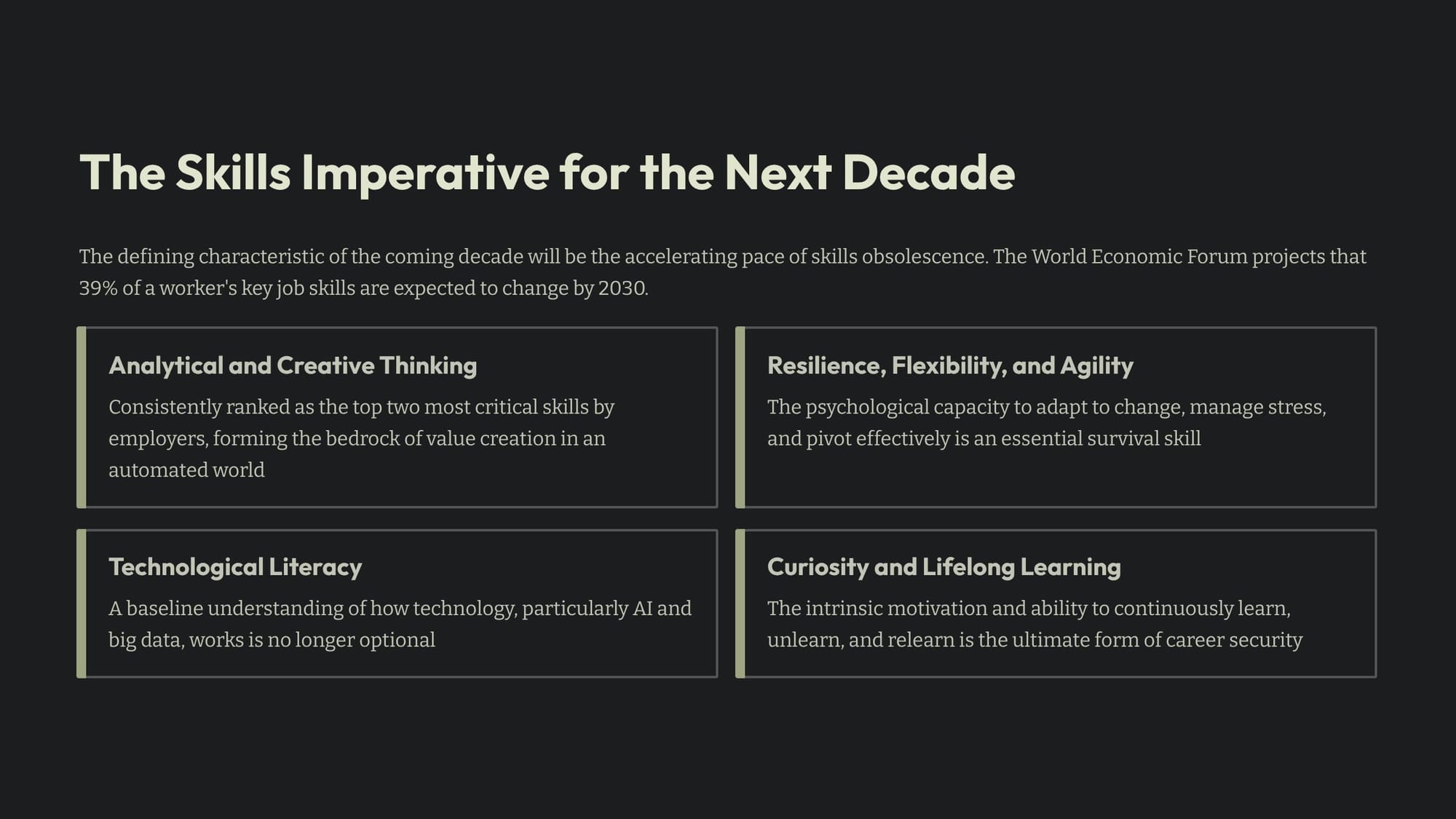
For you? How do you navigate this megatrend? Ultimately, the key to navigating the future of work is to become the bridge that connects different worlds of expertise.
Futurist Jim Carroll explored the early signs of this trend in multiple chapters in his 1997 book, Surviving the Information Age.
